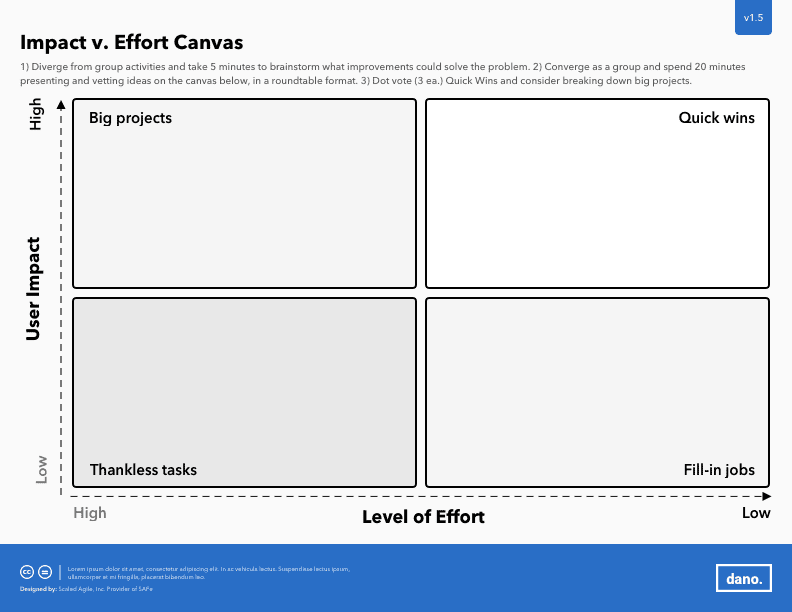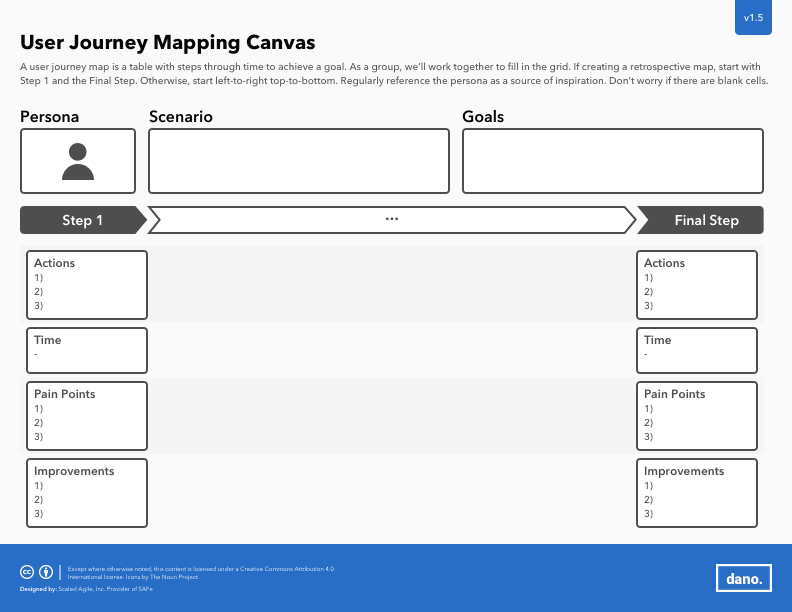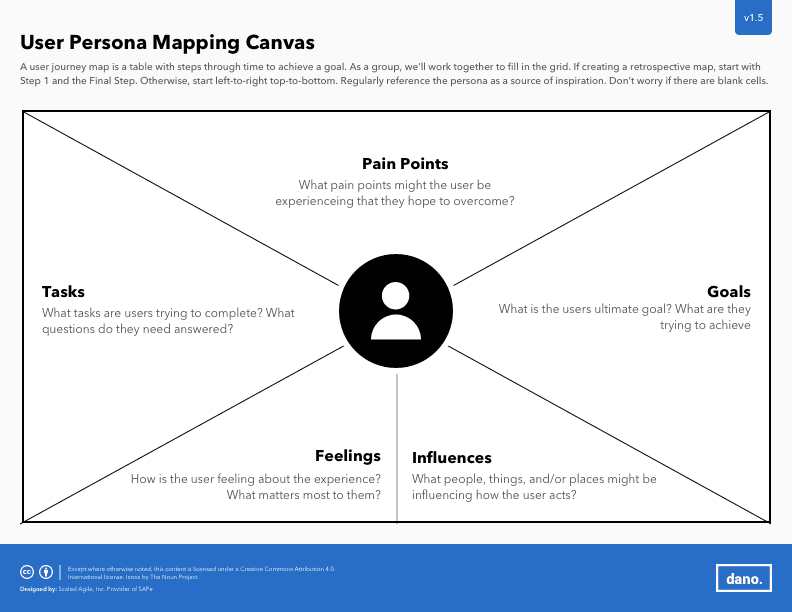Google HEART Metrics Canvas
Design Thinking Toolkit Series | June 6th, 2019

The Google HEART (Happiness, Engagement, Adoption, Retention, Task Success) Metrics Canvas is a framework used by organizations to measure and optimize user experience (UX) and customer engagement. HEART metrics are a set of quantitative and qualitative metrics that help organizations understand how users and customers feel about their products and services.
The HEART Metrics Canvas provides a structured approach for measuring the five key dimensions of user experience:
- Happiness: measures how satisfied and happy users are with the product or service.
- Engagement: measures how actively and deeply users are using the product or service.
- Adoption: measures how widely the product or service is being used by the target audience.
- Retention: measures how often users come back to use the product or service.
- Task Success: measures how successful users are at completing specific tasks with the product or service.
The Google HEART Metrics Canvas is designed to be flexible and can be adapted to different contexts and use cases. Organizations can use the framework to define and track metrics that are most relevant to their goals and to their target audience.
The HEART Metrics Canvas is used by organizations to gain a deeper understanding of their users’ and customers’ experiences, and to identify areas for improvement. By tracking these metrics, organizations can measure the success of their UX initiatives and make data-driven decisions to improve the user experience and customer engagement.
In conclusion, the Google HEART Metrics Canvas is a valuable tool for organizations that want to measure and improve user experience and customer engagement. By using this framework, organizations can gain insights into their users’ and customers’ experiences, identify areas for improvement, and make data-driven decisions to drive customer satisfaction and loyalty.


